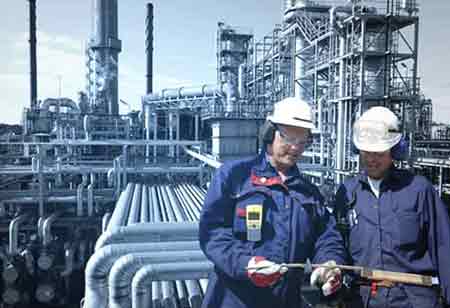Thank you for Subscribing to Electrical Business Review Weekly Brief
I agree We use cookies on this website to enhance your user experience. By clicking any link on this page you are giving your consent for us to set cookies. More info
Cost-Benefit Analysis of Upgrading Legacy Switchgear
The European electrical grid is undergoing a transformation. Modern switchgear incorporating IoT, AI, blockchain, and modular design is enhancing energy efficiency and compliance with EU regulations.

By
Electrical Business Review | Friday, August 30, 2024
Stay ahead of the industry with exclusive feature stories on the top companies, expert insights and the latest news delivered straight to your inbox. Subscribe today.
The European electrical grid is undergoing a transformation. Modern switchgear incorporating IoT, AI, blockchain, and modular design is enhancing energy efficiency and compliance with EU regulations.
FREMONT, CA: The European electrical grid, a fundamental component of the continent's infrastructure, is experiencing a swift transformation. With rising energy demands and the increasing integration of renewable sources, ensuring the reliability and efficiency of electrical systems is crucial. Outdated and inefficient legacy switchgear represents a significant challenge in this evolving landscape.
Upgrading switchgear offers substantial financial and operational benefits. Financially, modern switchgear significantly reduces maintenance costs due to its integration of intelligent electronic devices (IEDs) that enable real-time monitoring, predictive maintenance, and fault detection, thereby minimising costly repairs and downtime. Energy efficiency is another advantage, as contemporary switchgear designs feature energy-saving innovations such as reduced switching losses and improved power factor correction, resulting in long-term energy cost savings. Additionally, the enhanced asset value of upgraded switchgear makes electrical infrastructure more valuable due to its longer lifespan and seamless integration capabilities, which appeal to potential buyers or investors. Compliance with European Union regulations, like the Grid Code, is also facilitated by modern switchgear, ensuring adherence to standards and avoiding potential fines.
Operationally, upgraded switchgear enhances reliability by reducing the likelihood of power outages through features like redundancy, automatic transfer switching, and advanced protection schemes. It also provides greater flexibility, accommodating changing energy demands and integrating renewable energy sources, thus supporting the transition to a low-carbon future. Safety is improved with advanced features such as arc fault protection and remote monitoring, which reduce the risk of accidents. Incorporating advanced cybersecurity measures in modern switchgear is crucial for protecting critical infrastructure from increasingly sophisticated cyber threats.
Emerging technologies are transforming the landscape of switchgear systems, with notable advancements including the Internet of Things (IoT), Artificial Intelligence (AI), blockchain, and modular design. IoT-enabled switchgear offers real-time data on equipment performance, facilitating predictive maintenance and enhancing operational efficiency. AI further augments these systems by analysing vast data sets to identify trends, anomalies, and potential failures. Blockchain technology ensures the security and integrity of switchgear operations and maintenance data, providing a robust layer of protection. Modular switchgear designs offer increased flexibility and scalability, allowing seamless upgrades and expansions.
The demand for reliable and efficient switchgear will increase as the European energy landscape evolves. By investing in upgrades and embracing emerging technologies, grid operators can effectively position their infrastructure to address future challenges.
The decision to upgrade legacy switchgear in Europe entails thoroughly evaluating financial and operational considerations. Although the initial investment may be substantial, the long-term advantages—including reduced costs, enhanced reliability, and improved safety—frequently surpass the initial drawbacks. By investing in modern switchgear, European grid operators can strategically position themselves for a more sustainable, resilient, and efficient energy future.








